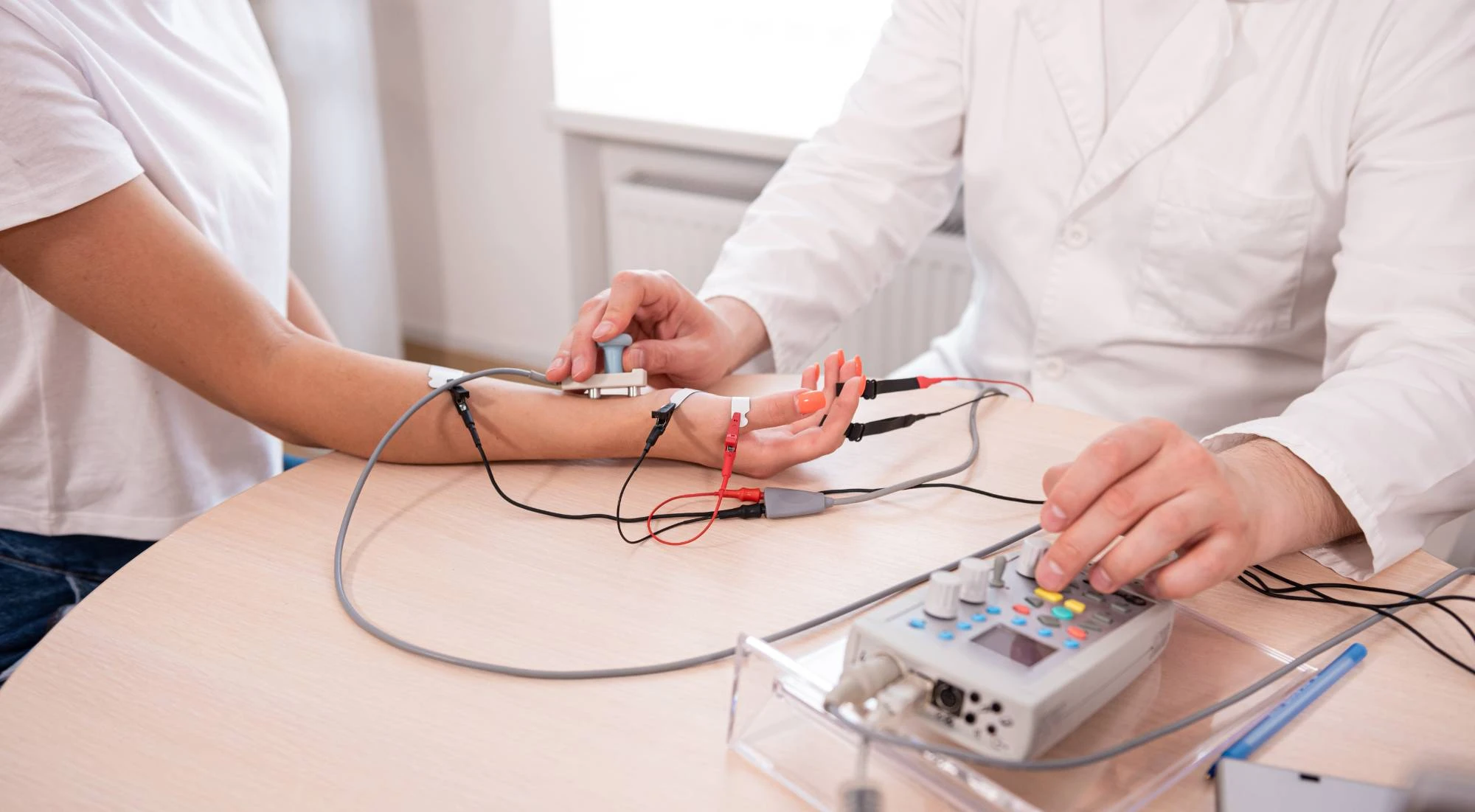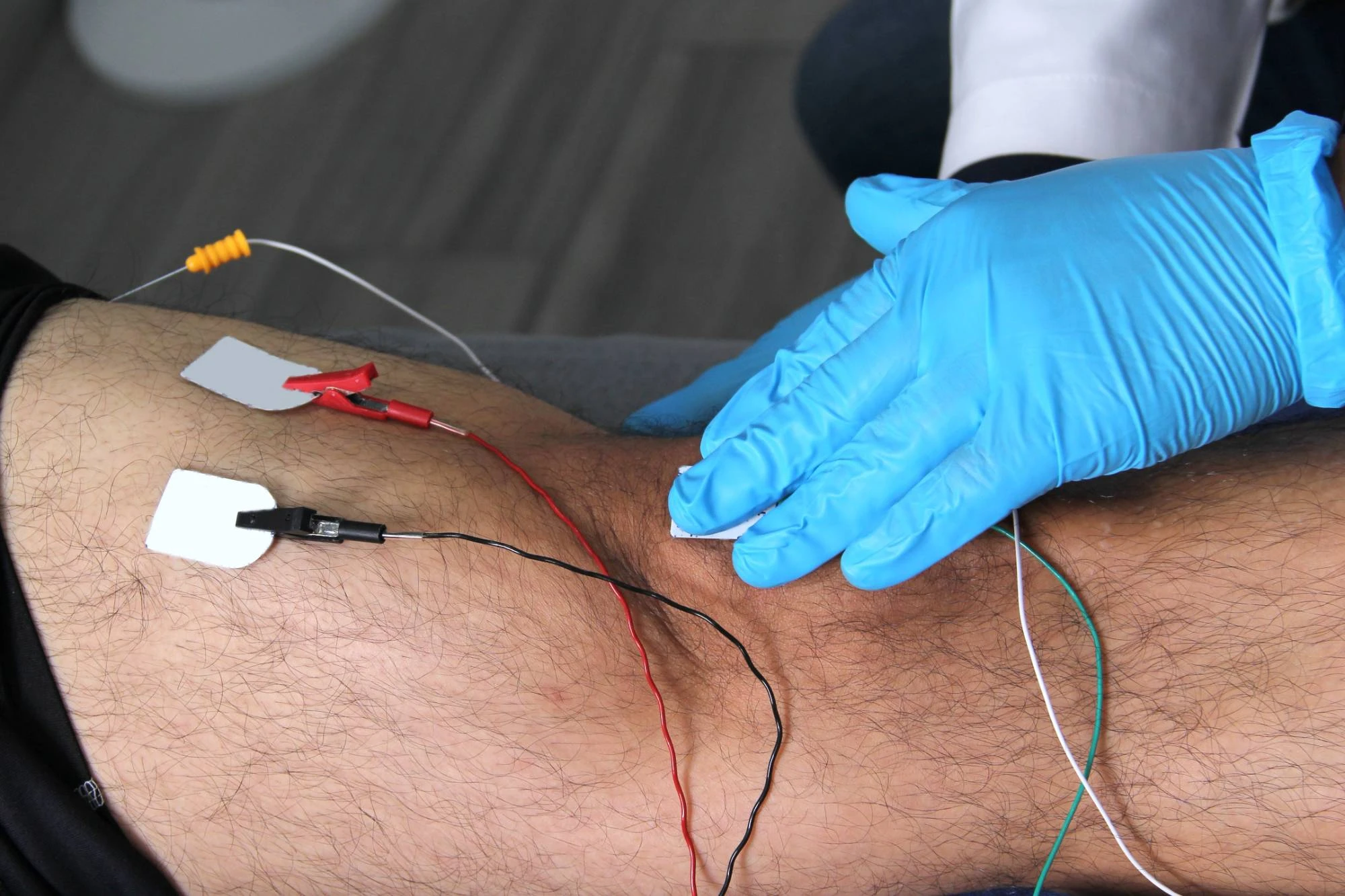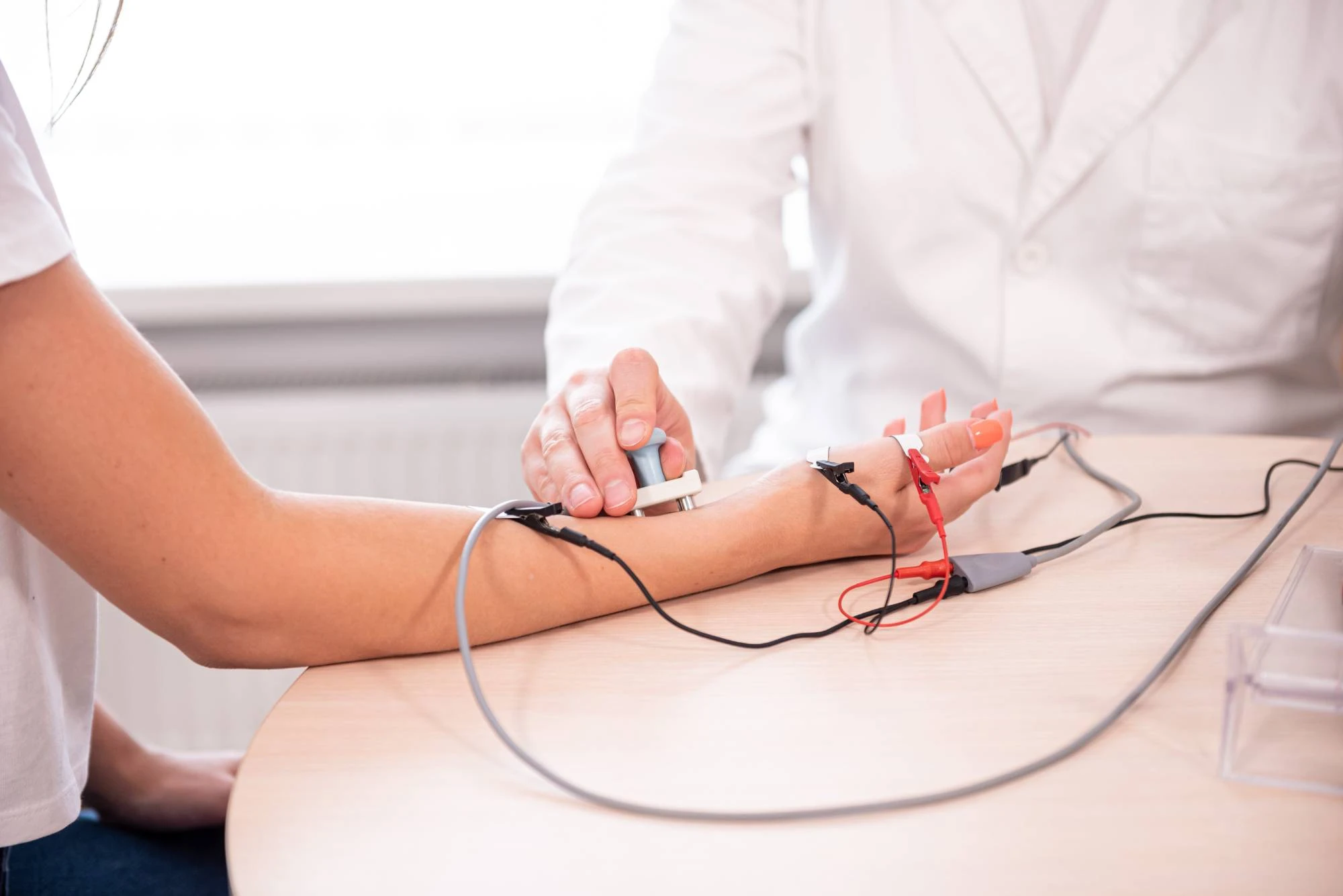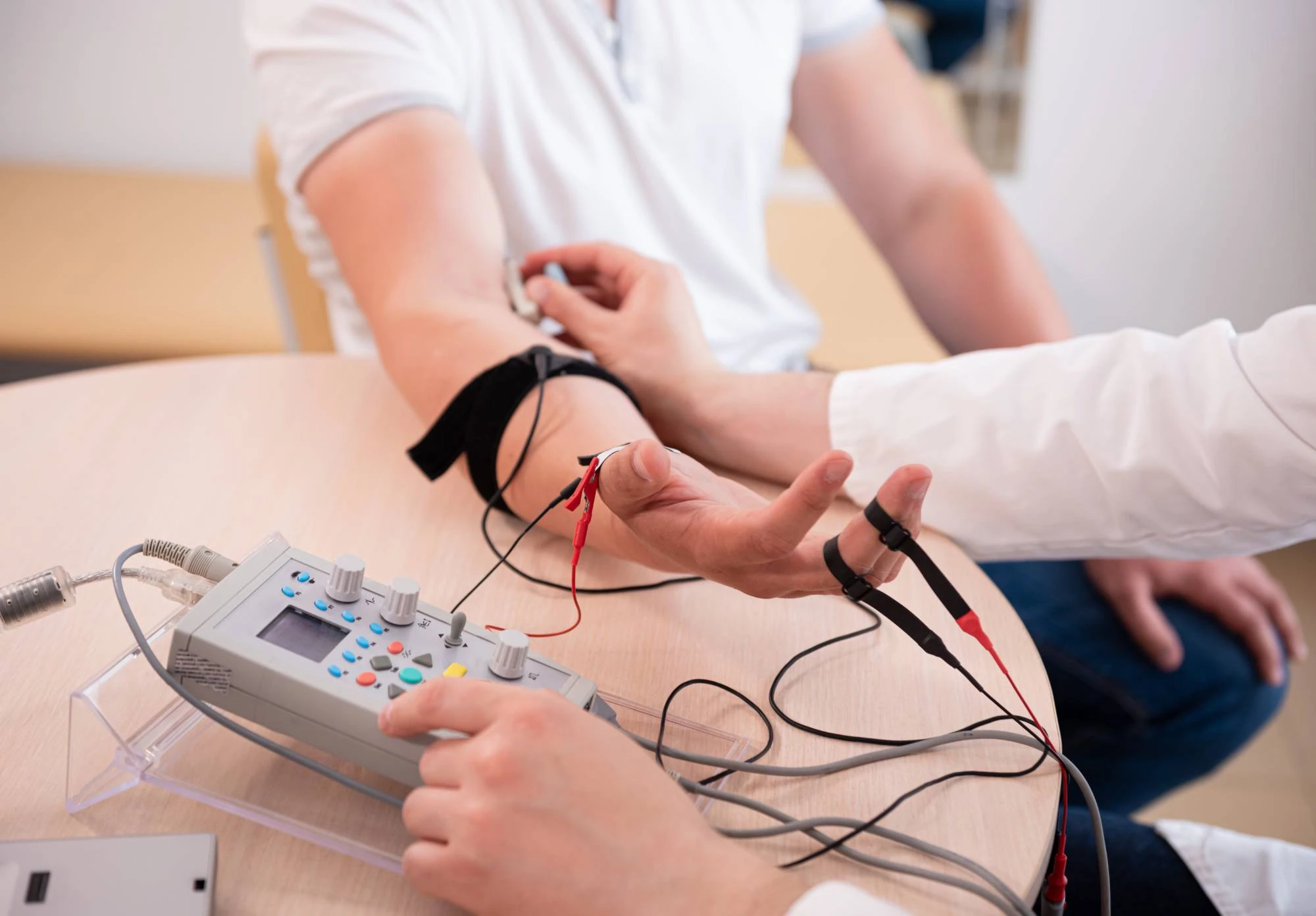Precise electrodiagnostic testing that identifies exactly what’s causing your muscle weakness, numbness, or tingling.

Reviews

You’ve been dealing with unexplained symptoms long enough. That numbness in your hands, the weakness in your legs, the tingling that won’t go away – these aren’t things you should have to live with or wonder about.
EMG testing gives you concrete answers. Instead of guessing whether your symptoms are serious or wondering if they’ll get worse, you get precise data about how your nerves and muscles are actually functioning.
When you know exactly what’s happening in your body, you can make informed decisions about treatment. No more uncertainty, no more wondering if you’re overreacting to your symptoms, and no more putting off getting help because you don’t know what’s wrong.
We’ve been serving Cedar Manor and the surrounding New York communities for years, focusing specifically on spine and nerve-related conditions. Our board-certified physicians understand that getting an accurate diagnosis is the first step toward feeling better.
We’re not a general practice trying to handle everything. We specialize in exactly what you need – identifying nerve and muscle problems so you can get the right treatment from the start.
Our team knows how frustrating it is when you can’t get clear answers about your symptoms. That’s why we focus on thorough testing and taking the time to explain what we find.

The testing process is straightforward and typically takes 30-60 minutes. During the nerve conduction study portion, we place small electrodes on your skin to measure how well electrical signals travel through your nerves. You’ll feel mild electrical pulses – most people describe it as similar to static electricity.
For the EMG portion, we insert a thin needle electrode into specific muscles to measure their electrical activity. The needle is much thinner than those used for blood draws, and while you’ll feel it, most patients find it much less uncomfortable than they expected.
Throughout the test, we explain what we’re doing and what we’re finding. You’ll get your results immediately, along with a clear explanation of what they mean for your condition and next steps for treatment.

Ready to get started?
Your EMG testing includes both electromyography and nerve conduction studies – the complete picture of how your nerves and muscles are working together. We test multiple nerve pathways and muscle groups to identify exactly where problems are occurring.
You receive same-day results with a detailed explanation from our specialists. We don’t just hand you a report – we sit down and walk through what we found, what it means for your symptoms, and what treatment options make sense for your specific situation.
Our testing integrates with your existing care team. Whether you were referred by your primary care doctor, orthopedic specialist, or came to us directly, we coordinate with your other providers to ensure everyone has the information they need to help you get better.

New York:
Florida:
Support